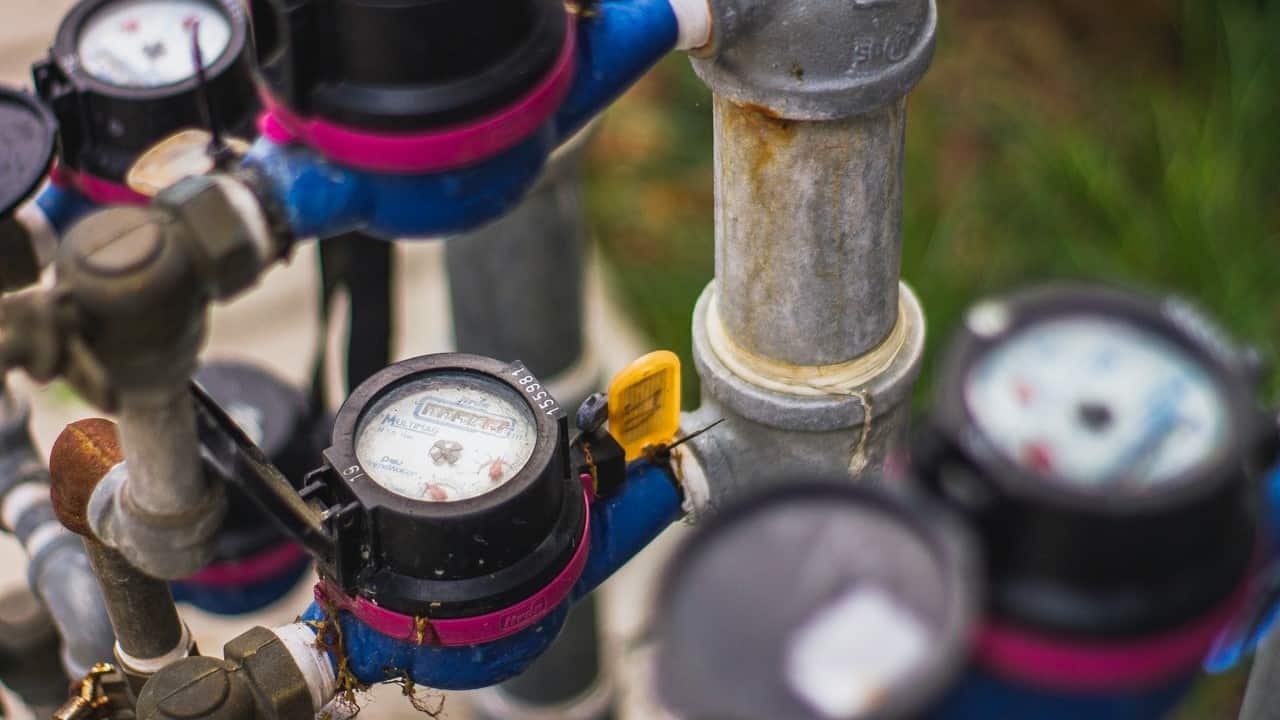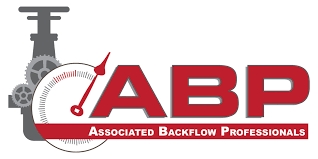
Your backflow prevention device is designed to operate automatically, but to ensure that the equipment is working properly local authorities require an annual backflow test. These test will check the key components of the system to make sure there is no damage to the pipe system. If any problems arise during testing, then you will need to repair your backflow equiptment right away to be in compliance.
Your water authority and/or health department will let you know where backflow protection should be installed, and require you to submit an annual inspection report.
If you don’t comply with the requirements, not only can it be a problem for your own house or community but for business owners local health department authorities may order to shutdown water to your establishment until your backflow preventer is in line with safety requirements.
What is the purpose of a backflow preventer?
Backflow preventers help to keep the public water supply safe, by making sure that water can only flow in one direction – from supplier to end-user. Backflow preventers also protect public health. They are a required part of the plumbing code and are intended to ensure that your drinking water is safe and free from contamination.
Do I really need a backflow preventer?
If your water authority has prescribed backflow prevention on your property to protect the public supply, then installation of a backflow preventer is mandatory.
Where is a backflow preventer required?
Backflow preventers are installed at the connection between the public supply and the private service. Additionally, backflow prevention may be used on a private site to separate distinct water lines… e.g., domestic and irrigation.
Backflow preventers installed at the supply connection are intended to protect the water from contamination, such as contamination from lawn and garden chemicals or sewer gases. Backflow prevention may also be used for other applications such as commercial and industrial uses.
How high does a backflow preventer need to be?
It is always best to consult your water authorities standard drawings before installing a backflow prevention device. As a general rule, reduced pressure principle backflow preventers (RP’s) should be installed so that the relief valve drain is at least 1’ above grade.
Backflow preventers installed in a horizontal position should be installed with the relief valve drain below the water supply outlet. Most often, this means the relief valve drain line will need to extend downward from the device. It is important to keep in mind that these requirements are minimum standards and more restrictive provisions may be required by local ordinance or codes.
Do I need a professional, or can I install my own backflow preventer?
Backflow installation can be a DIY project, with the proper information and materials. However, it is important to remember that a new backflow installation needs to be inspected by a certified backflow tester before the installation is legitimized. In fact, most jurisdictions require annual inspection by a certified tester.
To ensure proper compliance and reliability the installation and inspection of a new backflow preventer to meet state and local code requirements is best accomplished by taking advantage of the services of a experienced and certified backflow technician.
